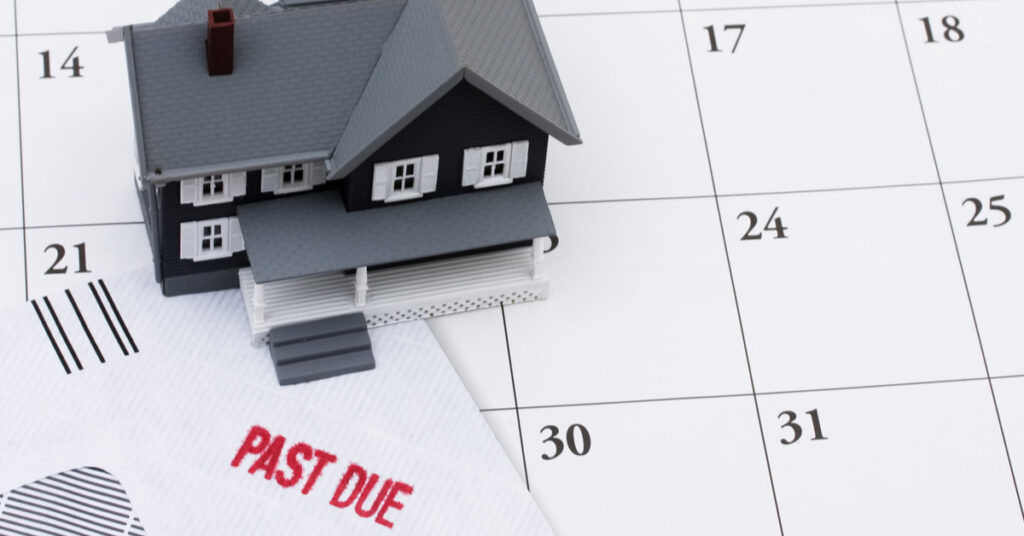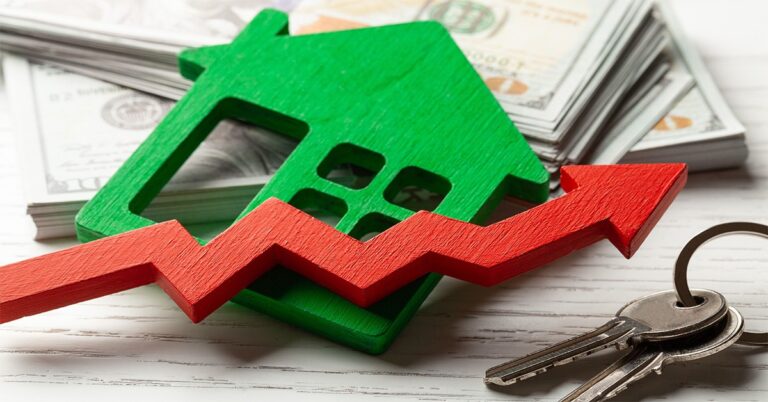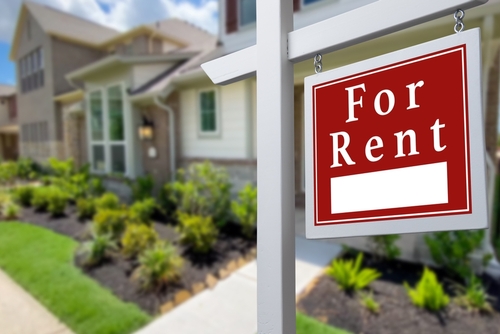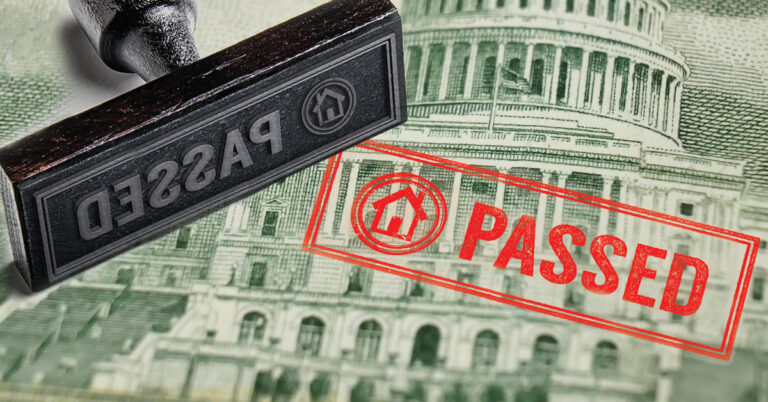The country’s serious delinquency rate grew annually for the first time in nine years in May, and according to CoreLogic, it could rise exponentially in just over a year without further support from the government.
May’s serious delinquency rate — defined as the rate of loans 90 days or more past due, including loans in foreclosure — was recorded by CoreLogic at 1.5%, up from 1.3% in May 2019. It’s the first month with year-over-year growth since November 2010, reflecting the continued tumult dealt to the market by the COVID-19 pandemic.
“The national unemployment rate soared from a 50-year low in February 2020, to an 80-year high in April,” said Frank Nothaft, chief economist at CoreLogic. “With the sudden loss of income, many homeowners are struggling to stay on top of their mortgage loans, resulting in a jump in non-payment.”
That jump was felt across all phases of delinquency, not just the latest stages. Nationally, 7.3% of all mortgages were at least 30 days past due in May, an increase of 3.7 percentage points compared to May 2019. Early-stage delinquencies (30 to 59 days past due) were at 3% of all loans, up from 1.7% during May 2019. The rate of adverse delinquencies (60 to 89 days past due) was 2.8%, up annually from 0.6%.
The transition rate — the share of mortgages that transitioned from current to 30 days past due — was 2.2%, up from 0.8% in May 2019. That’s already higher than the peak transition rate of 2% in November 2008, during the midst of the Great Recession.
Delinquency rate growth was broad-based geographically, with every state posting an overall delinquency rate increase in May compared to the same month last year. New York had the highest delinquency rate in the nation with an 11.4% share of loans past due, up 6.1% from last year. The largest overall delinquency rate gains were seen in New Jersey and Nevada, which both experienced 6.4% increases year over year during May.
Likewise, almost every U.S. metro area saw an increased overall delinquency rate in May. With the tourism industry hit hard by coronavirus and its impacts, destinations like Miami (up 9.2 percentage points) and Kahului, Hawaii (up 8.8 percentage points) were among the cities with the largest increases.
More than 75% of all metros saw annual growth in their serious delinquency rates. Texas cities fared especially harshly; Odessa and Laredo were tied for the largest serious delinquency increase, both up 1.1 percentage points from May 2019, while McAllen and Midland saw gains of 0.7 percentage points each.
Nationally, the serious delinquency rate looks to keep rising without additional help from the government, said Frank Martell, president and CEO of CoreLogic. The company forecast the serious delinquency rate to quadruple by the end of 2021, with 3 million homeowners falling more than 90 days past due.
“Government and industry relief programs have helped to cushion the initial financial blow of the pandemic for millions of U.S. homeowners,” Martell said. “COVID-19 and the resulting pressures continue to influence the economic activity of many households. Barring additional intervention from the Federal and State governments, we are likely to see meaningful spikes in delinquencies over the short to medium term.”
The good news, meanwhile, is that the foreclosure inventory rate — the share of mortgages in some stage of the foreclosure process — remained at its lowest level since January 1999 in May. For the second straight month, that figure stayed at 0.3%, down from 0.4% in May 2019.
Odeta Kushi, deputy chief economist for First American Financial Corp., wrote on the company’s blog that a wave of foreclosures is unlikely despite the rampant unemployment and rising tide of delinquencies.
Foreclosure, said Kushi, is a two-step process, with two factors necessary to bring it about.
“First, the homeowner suffers an adverse economic shock, such as a loss of income, serious illness, or the death of a spouse, leading to the homeowner becoming delinquent on their mortgage,” she explained. “However, not every delinquency turns into a foreclosure. With enough equity, a homeowner has the option of selling the home or those with stable incomes can tap into their equity through a refinance to help weather the economic shock. The reverse is also true: if the homeowner has little equity in their home but suffers no financial setback that leads to delinquency, there’s no need for a foreclosure.”
This is called the “dual trigger hypothesis,” and in this case, many homeowners carry too much equity in their homes to fulfill both conditions, unlike, for example, during the Great Recession.
“New foreclosures during the Great Recession peaked in the third quarter of 2010 at 274,000, with a homeowner unemployment rate of 7.2 percent,” Kushi said. “If [homeowner] unemployment reached that level today, we would expect less than 167,000 (nearly 40 percent fewer) new foreclosures in the second quarter of 2020 due to the higher levels of equity homeowners have today.
“Some foreclosures are still likely to happen, and trends will vary by geography, but this time it’s different – only one of the dual triggers exists today.”









